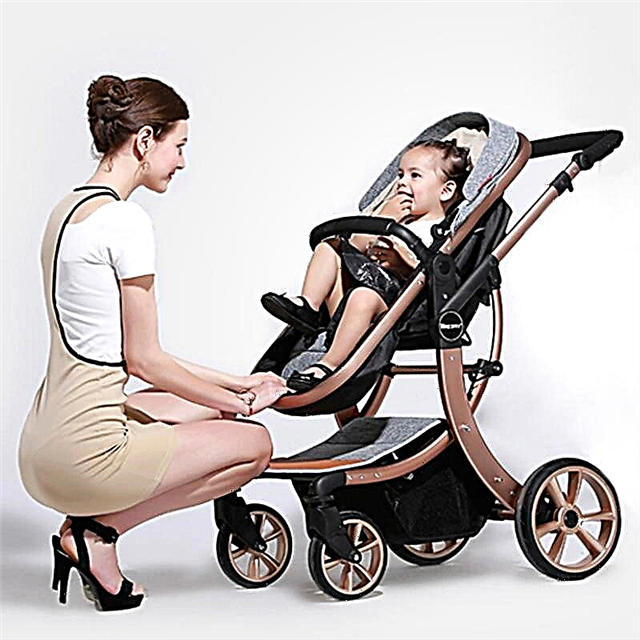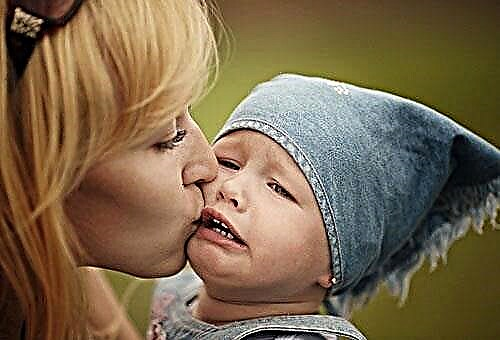
The birth of a baby is a very important and wonderful event, in addition to positive emotions, it causes the need to buy a huge number of things that the baby needs. In addition to the crib for the newborn, for the first month of life, the baby and mother will come in handy baby changing table, where the child can be changed, swaddled and other mandatory hygienic measures.
If you didn't manage to buy this device, there is an opportunity to make it on your own.

Features:
A baby changing table, which is sold in a store or can be made by hand, must meet certain parameters:
- all materials must be safe, natural and certified;
- the design of the product is thought out so that the baby does not get hurt or hit, and the surface is created as smooth as possible;
- the size of the changing table must correspond to the height and weight of the child from the moment of birth and at least up to six months, while it will be actively used;
- water-repellent fabric for the mattress to avoid washing and deterioration with reusable use;
- creating a rigid base of the mattress for the convenience, comfort and safety of the child.

Changing table for newborns - this is not a necessary thing, but it greatly facilitates the process of changing the child's clothes at any time of the day, makes it more comfortable to get ready for a walk and undress after it; in addition, the diaper can be used for exercises and massages, which are useful for all children, without exception, and some are also required by doctors' orders.


Varieties
Since the convenience of changing tables has long been proven by thousands of mothers, manufacturers have come up with a fairly large number of these products, among which the following varieties can be distinguished:
- portable;
- stationary;
- suspension;
- shelf table;
- changing dressers;
- with folding mechanism.

Each option has its own characteristics, advantages and disadvantages, so parents choose the one that suits them:
- a portable changing table is convenient because it can be installed on any flat surface;
- a stationary diaper is safer, but makes it necessary to carry the baby to it;
- the hanging table will appeal to those who have little free space in the apartment, the use of a hanging structure, which can be folded out and removed to the wall, is the most convenient;
- a bookcase table will delight parents who want to have everything at hand so as not to leave the baby for a second - thanks to the presence of shelves under the changing table, this becomes possible;
- a changing chest of drawers is suitable for those who are not going to use different surfaces for caring for a child, placing all the necessary things in the shelves of the chest of drawers - you can easily change a diaper and change clothes for a baby without leaving the place;
- products with a folding mechanism are considered the most convenient, as they provide more space for the mother and baby, and also allow the use of the diaper for other purposes.

What do you need to make?
If the changing table was not purchased on time or there was no design that would satisfy everyone, you can make the product yourself. To work, you need to look through a number of options for changing devices and decide on the type in order to start work on creating your own table. There is a sufficient amount of information on the Internet, but for a good result, diagrams and drawings are needed, according to which the diaper will be made.


The following materials can be used to create the base:
- natural wood;
- MDF;
- Chipboard;
- laminated plates.
The hardest thing is to work with wood, but such products are of higher quality and more reliable. An easier processing process for MDF and chipboard, from the sheets of which you can make a table of any color, size and shape.
To work, you should have the most important tools with you:
- hammer and nails;
- jigsaw;
- roulette;
- drill with drills;
- screwdriver and self-tapping screws;
- pliers.
The manufacturing process will differ depending on the type of changing table and the material used to create it.


Stages of work
Making a diaper begins with creating sketch, on which the dimensions of all parts are clearly prescribed. Before starting work, it is important to think over the place where the future product will stand or hang, at what height the working area will be located - this is important for the convenience of both parents. Once all the nuances have been worked out, you can start the process of creating a changing table.


The stages of work will be as follows.
- Manufacturing of all parts according to the developed sketches. For work, you need a jigsaw for cutting out parts, a pencil and a tape measure to transfer the drawing.
- Grinding products or gluing furniture edging. In work, you can immediately use coarse-grained, then fine-grained sandpaper.
- Assembly of parts into a finished structure. To work with a wooden structure, you will need a converter and a key for them, a screwdriver and self-tapping screws, as well as a hammer and nails.
- Checking the performance of the finished structure and its safety.
- Dressing the diaper.

In the process of making a diaper, first you need to assemble the box itself, for which we connect the sides with the lid and bottom. When the base is ready the sides and the back wall are attached to it, which should be higher than the sides. The next stage is fastening of internal shelves. Guides are attached to the base and shelves, and all the parts are assembled together. When the product is ready, fittings are installed, and there is an opportunity to decorate the diaper to your liking.
The creation of each type of diaper has its own characteristics:
- for a portable one, you need a sheet of chipboard or thick plywood 90x60 and two sides, everything is connected and fastened with screws to each other;

- for hanging, you can also use chipboard or plywood and attach to the wall from below with wooden or metal corners;

- the folding version can be created from the same materials, but in the form of a rack with shelves and a front door that opens from top to bottom to an angle of 90 ° using mechanisms with gas lifts;

- for tables that are part of other furniture, it is important to use the same materials for the manufacture and focus on the dimensions of the entire product.

The changing table must have clear dimensions, less than which the product is inconvenient and unsafe. The length of the table should be 70 cm, width - 60 cm, the height of the sides - 10 cm. Large surfaces can be created, but the child can turn over and fall on them, therefore it is not recommended to deviate from the size of the working area of the diaper.

Creating a mattress
For the comfort of the newborn while changing clothes, diapers and other activities on the changing table, you need to make a comfortable and safe mattress for him... It is best to use dense foam rubber with a height of 5 to 7 cm, which is cut along the length and width of the place where it will be located. You can create a flat mattress or shape sides along the edges, which will prevent the child from falling off the mattress. Another variant substrates on the changing table - these are soft synthetic winterizer blankets that are tailored specifically to the size of the future furniture for the child.
Each mother independently selects the most convenient and acceptable option for herself and her child.


In addition to internal content, it is also important to have waterproof fabric that covers the mattress. Due to the fact that diapers will be changed on the changing table, the baby is laid out after bathing, there are frequent cases of involuntary urination in a child. Using a plain fabric for the mattress will be inconvenient and will necessitate washing and drying the product, which is not always convenient.

For information on how to make a changing table with your own hands, see the next video.



